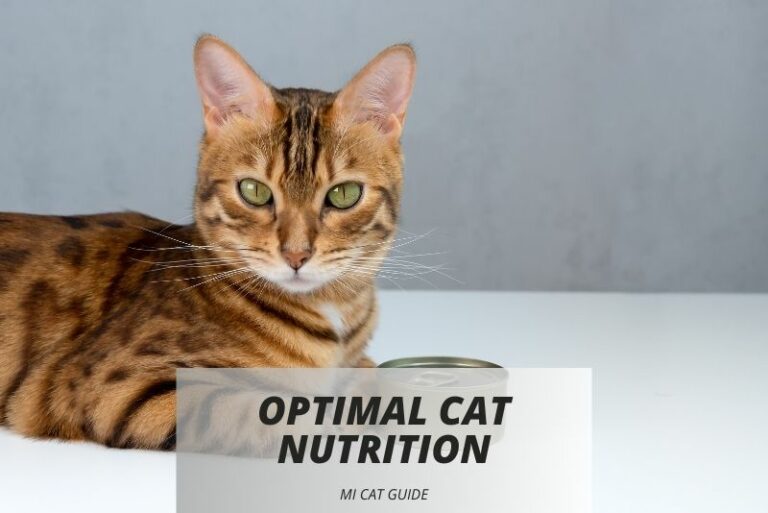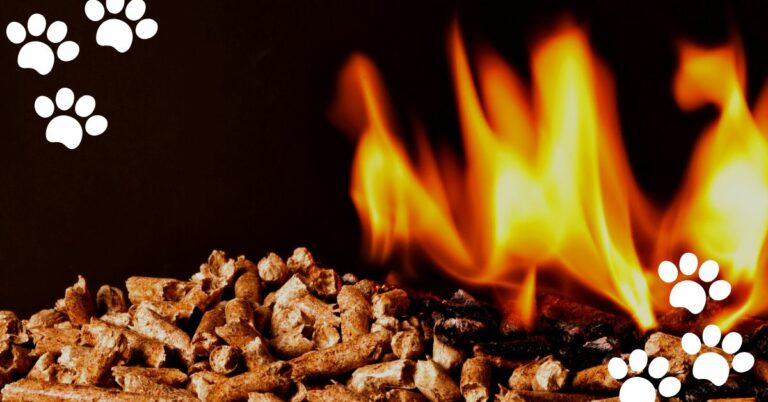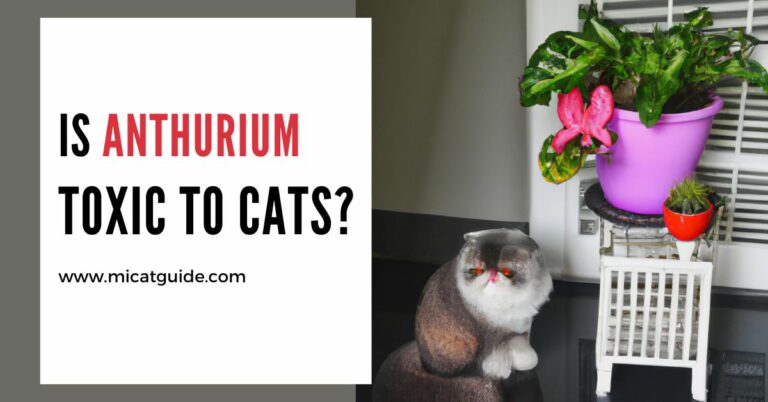Understanding Lactose Intolerance in Cats
Caring for our feline friends means being attuned to their unique dietary needs and sensitivities. One of the lesser-known conditions that can affect cats is lactose intolerance, a topic that often goes unnoticed in the broader conversation about pet health.
This comprehensive guide aims to unravel the mysteries of lactose intolerance in cats for the average pet owner. We will explore the causes, symptoms, and management techniques for lactose intolerance in your beloved pet, emphasizing the importance of awareness and proactive treatment strategies.
What is Lactose Intolerance in Cats?

Lactose intolerance is a condition wherein a cat’s digestive system is unable to properly digest lactose, a sugar found in milk and dairy products (e.g. cheese). This inability is due to a deficiency of the lactase enzyme, responsible for breaking down lactose. The prevalence of lactose intolerance varies among different cat breeds but is generally more common than many owners realize.
Root Causes of Feline Lactose Intolerance
Lack of Lactase Enzyme
Lactase is an enzyme produced in the small intestine of most mammals, including humans and cats, and its primary role is the digestion of lactose. However, lactose intolerant cats either produce insufficient lactase or none at all, leading to problems when lactose is consumed.
Differences in Feline Digestion
Unlike humans, who often see a reduction in lactase production after weaning, many cats continue to produce this enzyme throughout their adult lives. However, some cats’ digestive systems simply do not process lactose effectively, leaving the undigested sugar to ferment in the gut, which can cause discomfort and digestive upset.
Recognizing the Signs of Lactose Intolerance in Cats
Symptoms of lactose intolerance in cats can vary widely, but the most common indications include digestive issues such as diarrhea, vomiting, and excessive flatulence. In addition to these physical symptoms, some cats may exhibit behavioral changes, such as avoiding the litter box or showing signs of irritability, due to the discomfort they are experiencing.
Digestive Discomfort
Gastrointestinal distress after consuming dairy is a telltale sign of lactose intolerance in cats. This can manifest as loose stools or diarrhea and, in severe cases, lead to dehydration and malnutrition, especially in kittens or senior cats.
Unusual Behaviors
Some cats may display signs of pain or discomfort by hiding, refusing to eat, or showing signs of distress. Others may become more vocal as a way of expressing their discomfort to their owners.
Managing Lactose Intolerance in Your Cat
Once you have identified your cat’s lactose intolerance, the next step is managing the condition to ensure your pet’s continued health and well-being. Fortunately, there are several strategies that can help alleviate the symptoms associated with lactose intolerance in cats.
Offering a Lactose-Free Diet
Switching your lactose intolerant cat to a diet that is free of dairy and lactose is the most effective way to manage the condition. Many pet food manufacturers produce lactose-free cat foods specifically designed to meet the nutritional needs of cats without the inclusion of dairy products.
Dietary Supplements and Alternatives
For cat owners who prefer not to switch to a special diet, there are supplements available that can help cats better digest lactose. Lactase enzyme supplements, for example, can be added to your cat’s food to aid in the digestion of lactose before it causes any issues.
Seeking Veterinary Advice
In cases where lactose intolerance is suspected but not confirmed, or when symptoms are severe and ongoing, it’s crucial to consult a veterinarian. They can help in diagnosing the condition and creating a tailored treatment plan for your cat’s specific needs.
The Importance of Education for Cat Owners
Educating yourself about lactose intolerance in cats is more than just an exercise in knowledge; it’s an essential part of responsible pet ownership. Being informed allows you to make better decisions regarding your cat’s diet and well-being, which can ultimately lead to a healthier and happier pet.
Creating Awareness
Sharing your knowledge with other cat owners and the broader pet community can help raise awareness about the prevalence of lactose intolerance in cats. This sharing of information can lead to more informed decisions about diet and healthcare for all feline companions.
Taking Preventive Measures
In addition to sharing information, it’s important to take proactive steps to prevent future issues related to lactose intolerance. This can include adopting a lactose-free diet for your cat, regularly monitoring their health and behavior, and seeking prompt veterinary care if any concerns arise.
Conclusion: Proactive Care for Lactose Intolerant Cats
Understanding lactose intolerance in cats is a critical first step in providing appropriate care and ensuring your cat’s comfort. By recognizing the signs, managing the condition with dietary changes or supplements, and sharing knowledge with other cat owners, you can take control of your pet’s health and well-being.
Remember, proactive care not only helps your individual pet but also contributes to a more informed and compassionate pet community as a whole. Take the time to understand your cat’s unique needs, and you’ll be rewarded with a bond that can withstand the test of time, and dairy.





